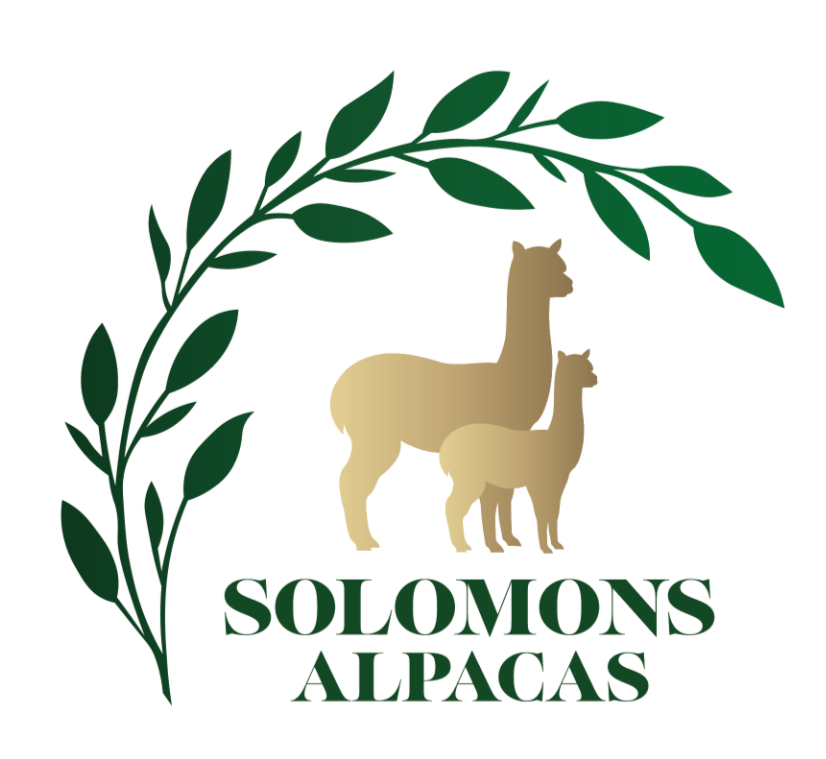Introduction
Creating an ideal habitat for alpacas involves providing a well-designed and well-maintained environment that meets their physical and behavioral needs. Here are some key considerations for the ideal alpaca habitat:
-
Pasture and Grazing Area:
- Adequate Space: Alpacas are grazing animals, and they benefit from having access to open pasture. Provide enough space to allow for natural grazing behavior and exercise. The recommended space is usually a few acres per alpaca.
- Fencing: Secure fencing is crucial to keep alpacas safe and prevent them from wandering off. Fencing should be tall and strong enough to contain them, and it’s important to check for any gaps or weak points regularly.
-
Shelter:
- Barn or Three-Sided Shelter: Alpacas require protection from extreme weather conditions, such as intense sun, heavy rain, and cold winds. A three-sided shelter or a barn provides them with a place to take refuge when needed.
- Ventilation: Good ventilation is essential to prevent the buildup of humidity and ammonia in the shelter. Adequate airflow helps maintain a healthy environment for the alpacas.
-
Feeding Areas:
- Hay Feeders: Provide hay feeders to offer supplemental hay, especially during seasons when fresh pasture is limited. Elevated feeders can help keep hay clean and reduce waste.
- Water Supply: Ensure a clean and reliable water source. Automatic waterers or large water troughs are commonly used to provide fresh water.
-
Terrain:
- Gentle Slopes: Alpacas are adapted to mountainous terrain, so providing a pasture with gentle slopes can be beneficial for their health and exercise.
- Avoid Wet Areas: Alpacas are susceptible to foot issues, so it’s important to avoid areas with standing water or mud that could lead to foot problems.
-
Health and Hygiene:
- Manure Management: Regularly clean and manage manure to maintain a hygienic environment. Proper manure management helps prevent parasite infestations and keeps the pasture healthy.
- Quarantine Area: If introducing new alpacas to the herd, having a designated quarantine area helps prevent the spread of diseases.
-
Social Structure:
- Herd Dynamics: Alpacas are social animals, and they thrive in a herd environment. Avoid keeping a solitary alpaca, as they may become stressed or exhibit undesirable behaviors.
-
Veterinary Care:
- Access to Veterinary Care: Ensure access to veterinary care for routine check-ups, vaccinations, and emergency situations.
Summary
By paying attention to these aspects at Solomons Farm, we create an environment that promotes the well-being, health, and natural behaviours of our animals.
If you’d like to learn all about our fascinating herd then why not book an experience day?

Recent Comments